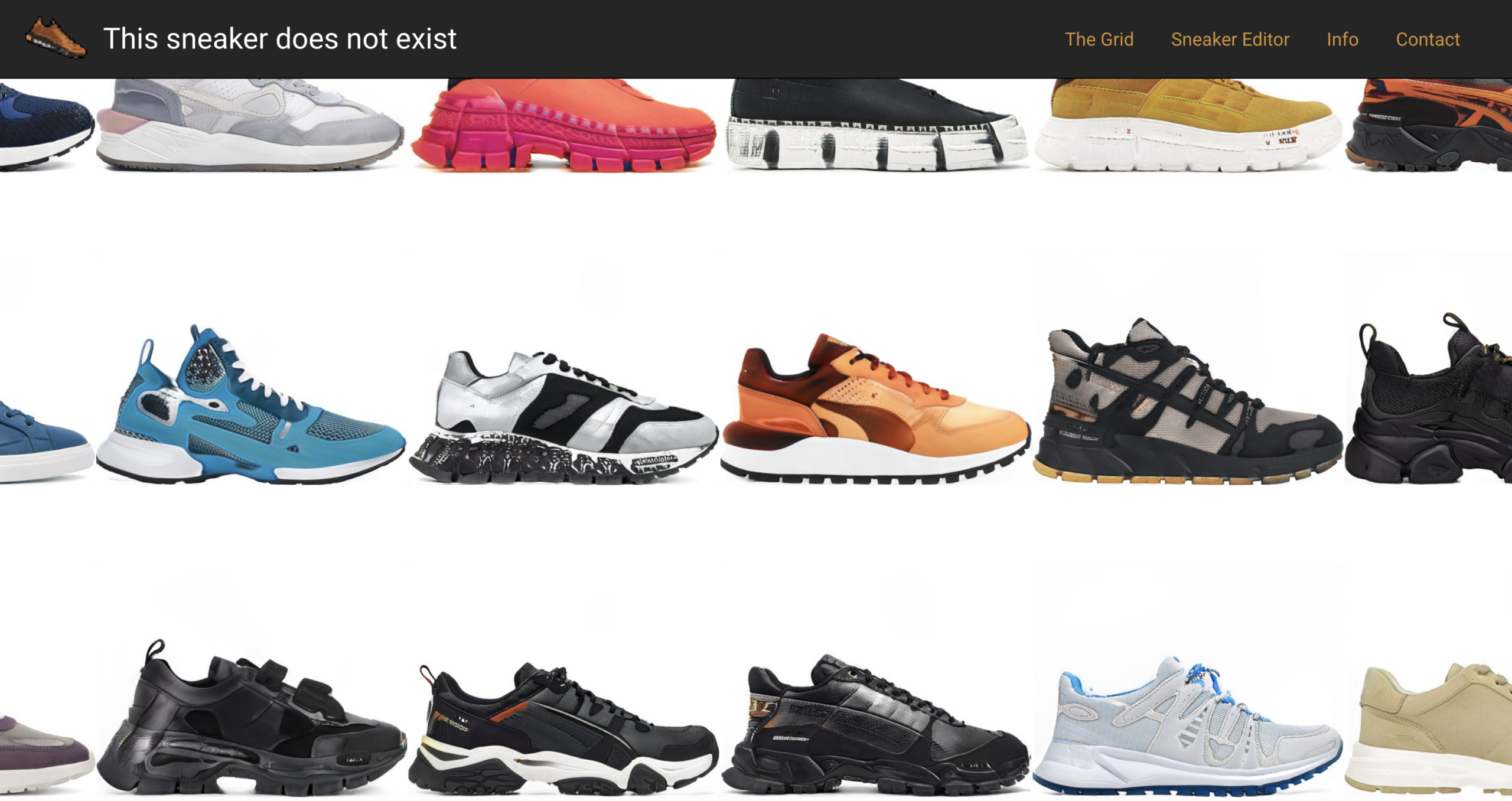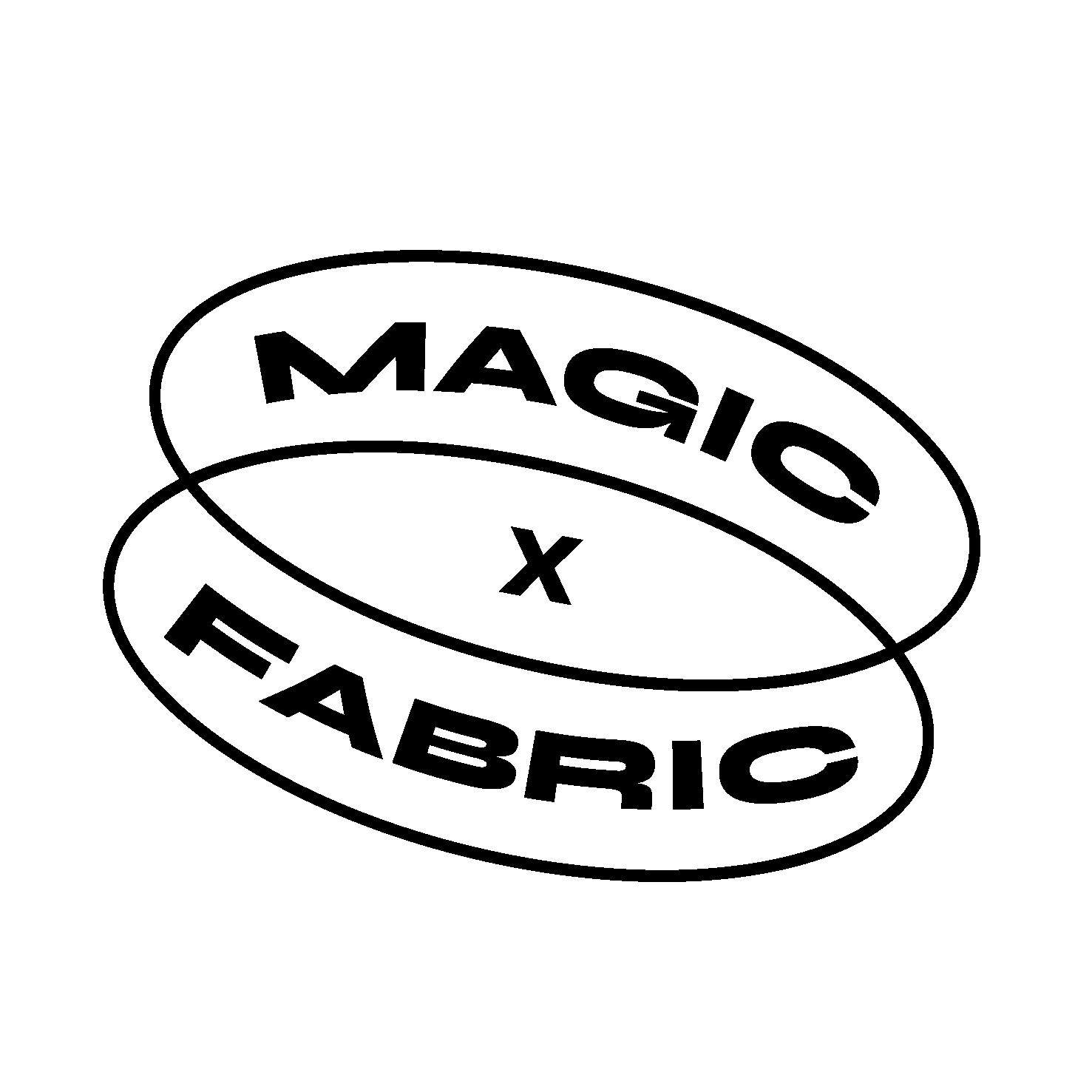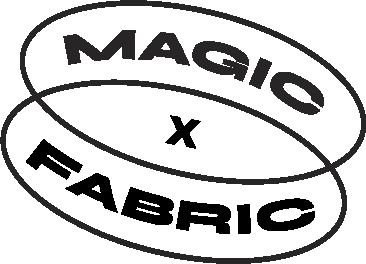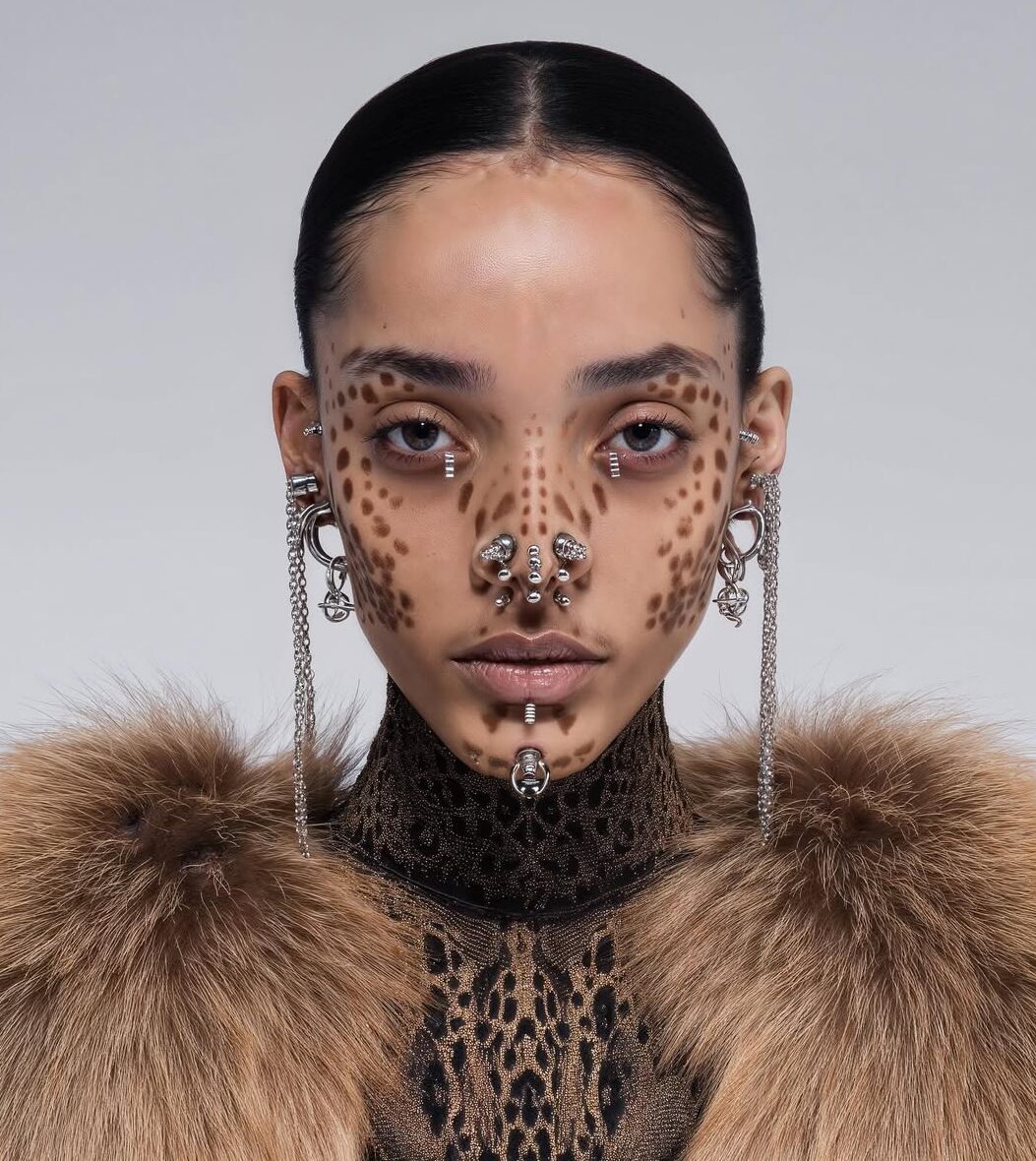
Sneaker Design Using AI
Why not let AI design sneakers for your next shoe collection?
Stan Van Der Vossen used so-called Generative Adversarial Networks in the development of thissneakerdoesnotexist.com, a site that generates an infinite variety of shapes and forms in sneaker design – all based on a dataset fed with Instagram images of existing shoe designs. The interface even lets the user tweak designs based on a set number of parameters. In all its playfulness, the technology displays how Artificial Intelligence potentially could be used as a tool, or even direct the design process for fashion designers in the future.
A kind warning. Don’t fall in love with any of the designs. They do not exist.
What are GANs and how do they work?
At a high level, a GAN is a neural network that uses training data to generate realistic examples. For example, GANs use photos of handwritten digits to learn how to create more real photos of handwritten digits. Even more impressively, GANs can even learn to create photorealistic photos of faces.
In healthcare, GANs have been shown to be very effective in generating images for medical image analysis. In particular, GANs have been used to create realistic images of organs for surgical planning or simulation training. For example, samples generated from tumors can be used for diagnosis and treatment planning. Or a dataset of skin moles can enable the identification of skin cancer by uploading a few camera pictures.
GANs introduce the concept of adversarial learning as they exist in the competition between two neural networks. These methods enable researchers to produce completely computer-generated, lifelike images of human faces. They also allow the creation of controversial “deepfake” videos. In fact, GANs can be used to model any data distribution (images, text, sounds, etc.).
How can this change the fashion industry and how it works?
Fashion design, traditionally driven by human creativity and intuition, is on the brink of transformation as GANs offer a new dimension of design possibilities. Here’s how GANs can change how we design fashion:
- As in the above example – automated design generation: GANs can be trained on vast datasets of clothing designs, fabrics, and styles. By doing so, they can autonomously generate a wide array of fashion designs, helping designers find inspiration and create new collections more efficiently.
- Personalized Fashion: GANs can also be applied to generate personalized fashion designs based on individual preferences and body measurements. This opens up the possibility of a new era of customized, made-to-order clothing, where consumers can easily order clothing that perfectly fits their style and body shape.
- Rapid Prototyping: Designers can use GANs to quickly generate prototypes of their ideas, which can then be refined based on the generated designs. This accelerated design process can significantly reduce the time it takes to bring new fashion collections to market.
- Generate life-like fashion models: Read about how artificial models can be used in fashion in this post.
- Historical and Cultural Inspiration: GANs can also be trained on historical fashion trends and various cultural styles. This can be a valuable resource for designers looking to draw inspiration from different eras and regions.
Discuss sneakers and AI with our future oracle, Emi




